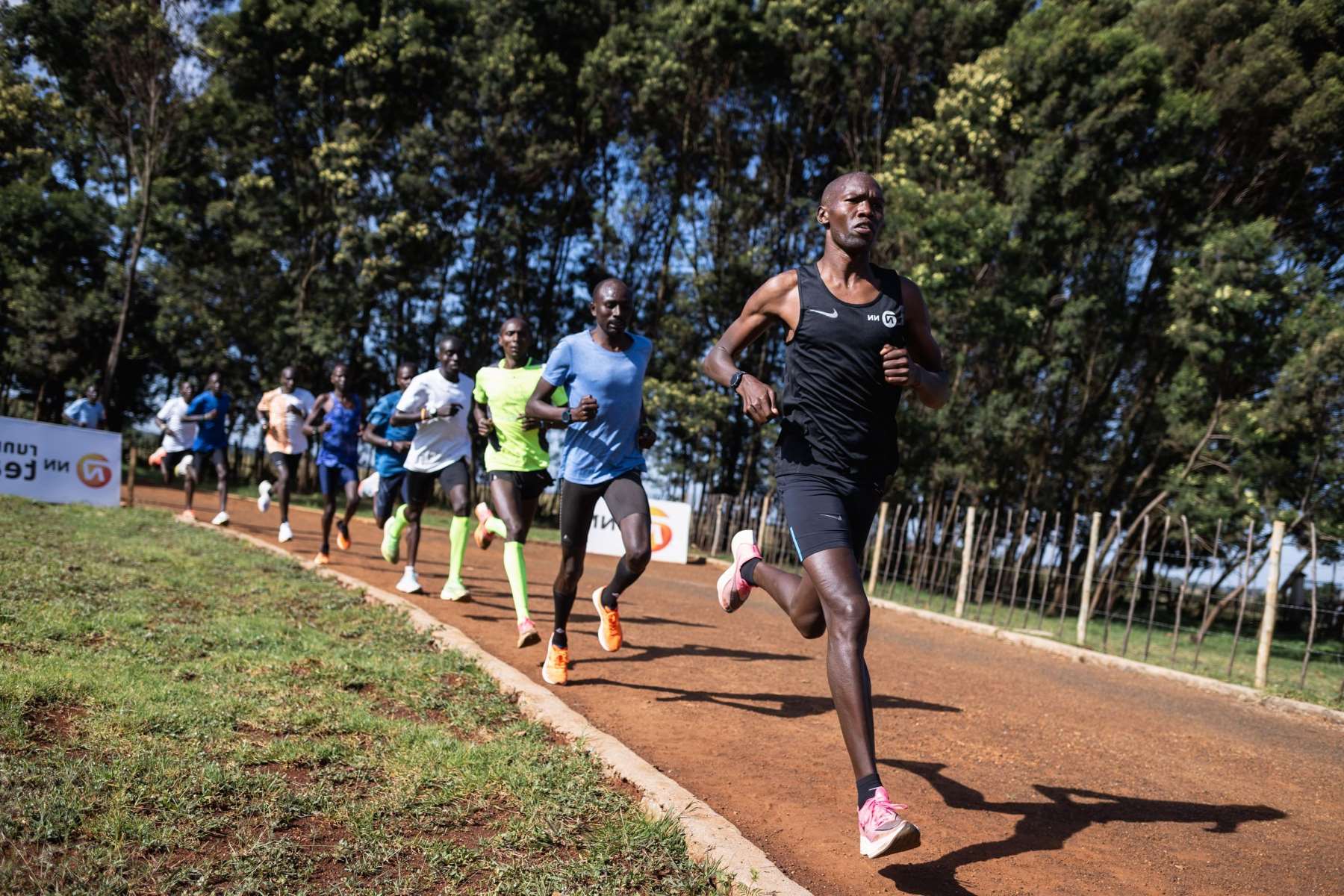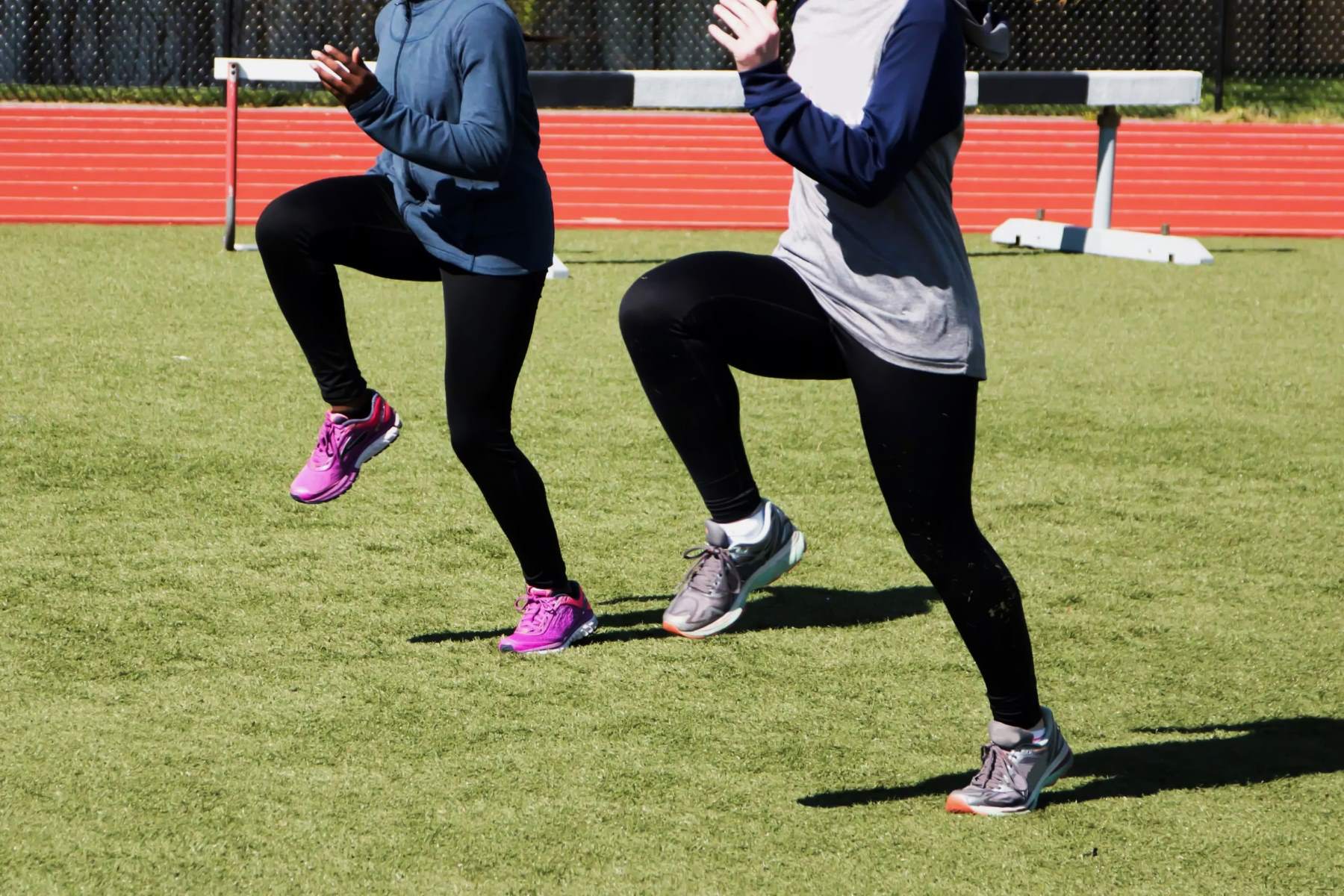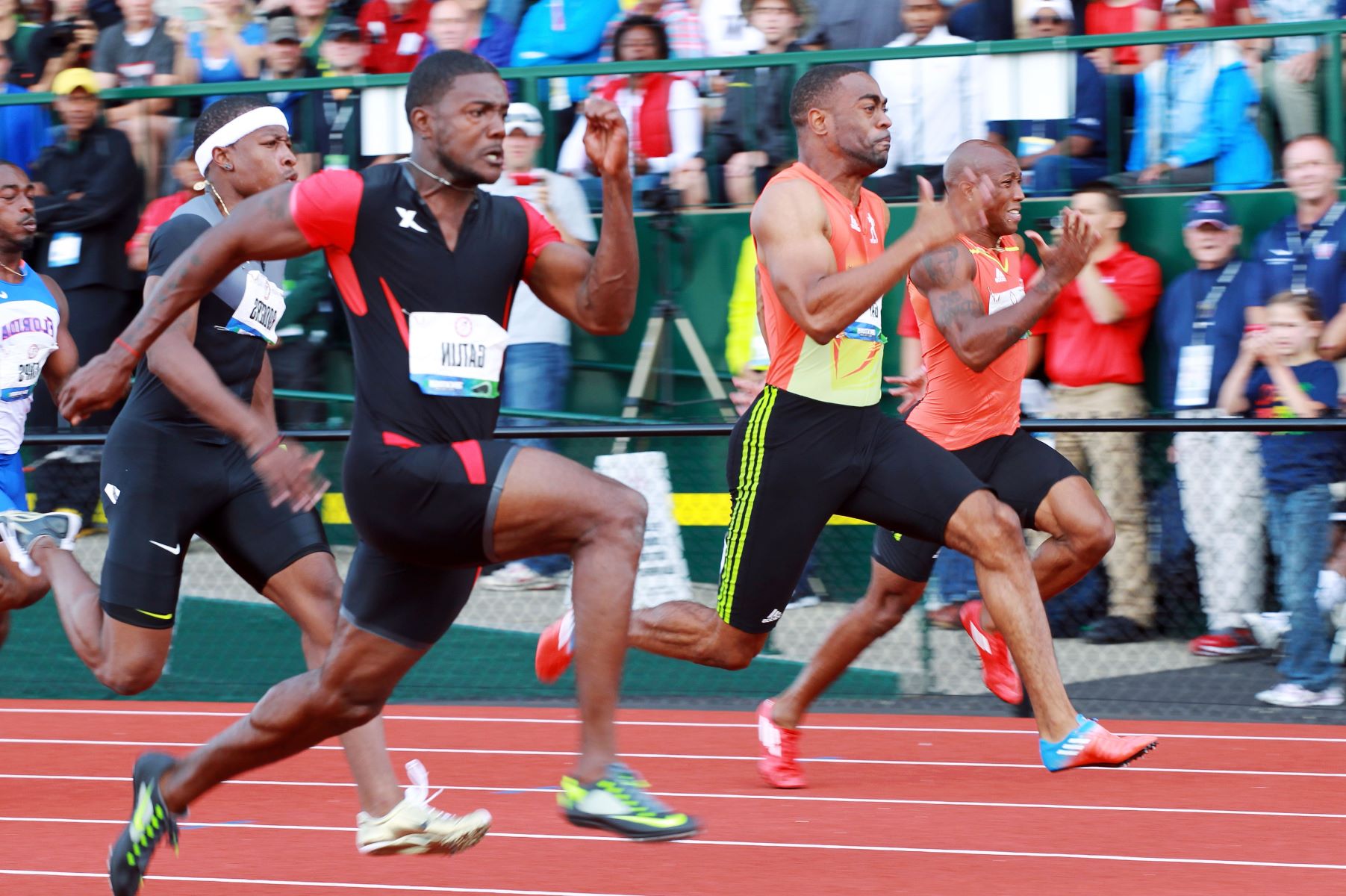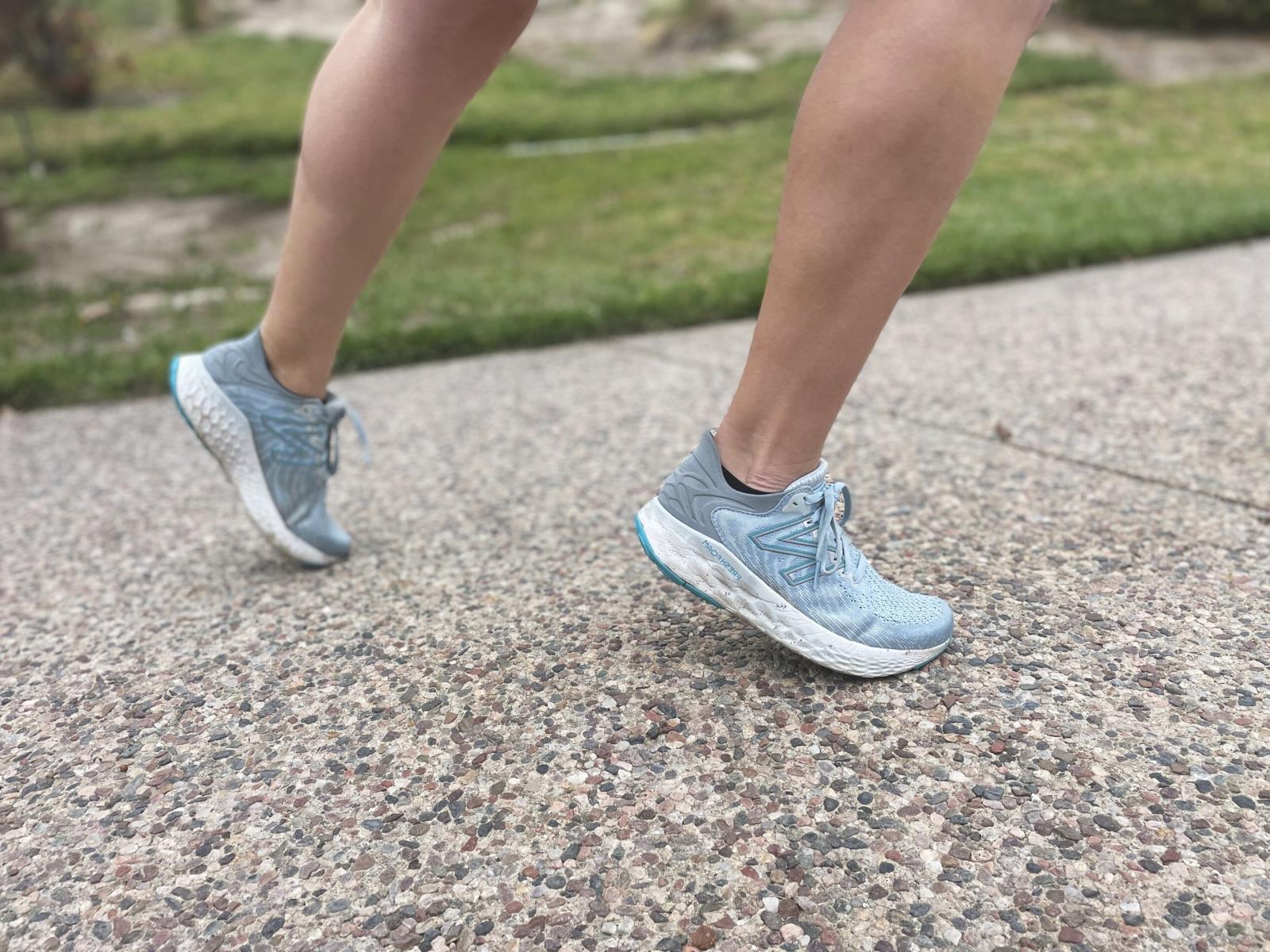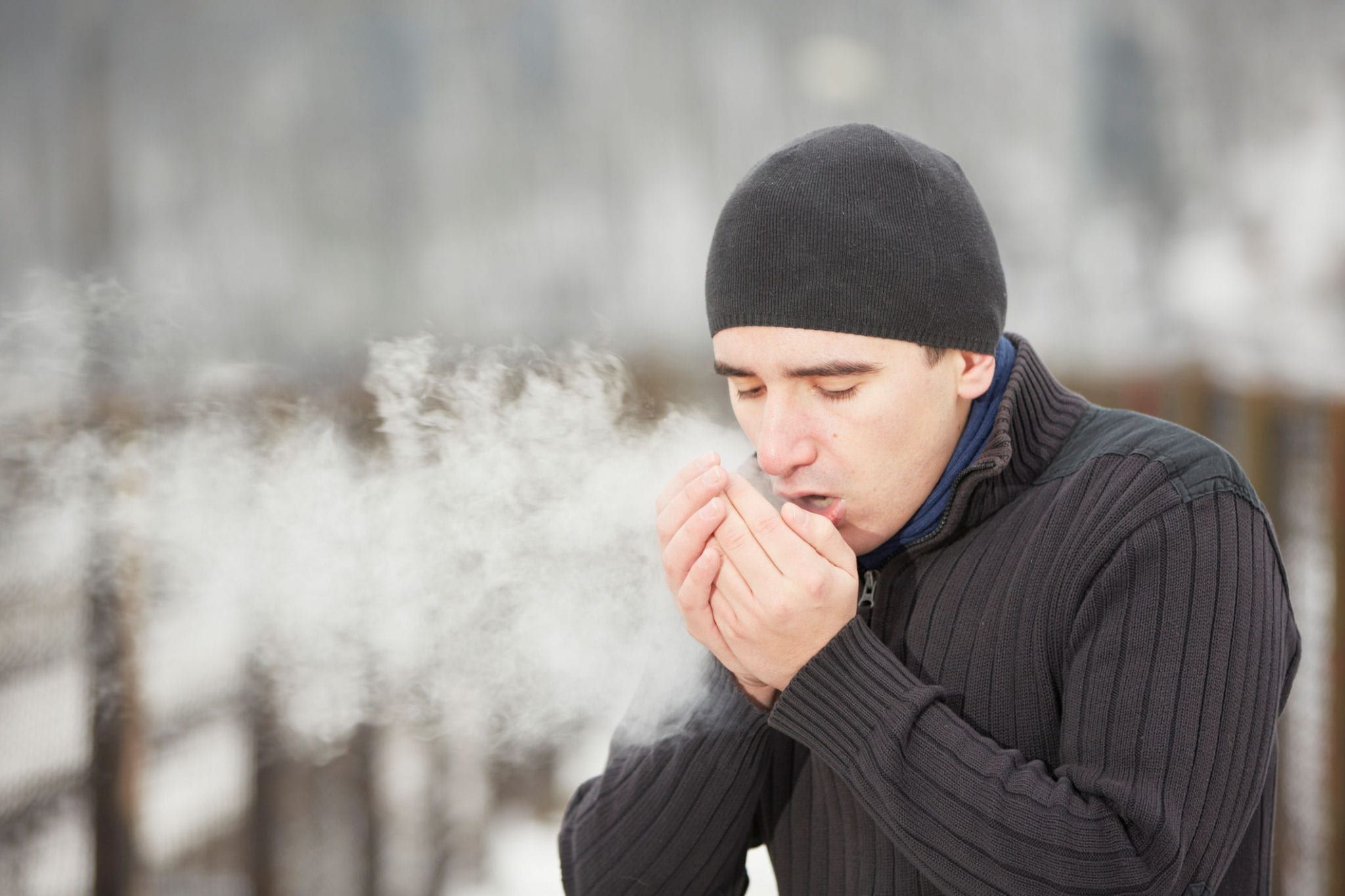Home>Training for Specific Goals>Speed Work>Does The Cold Affect Your Running Speed?
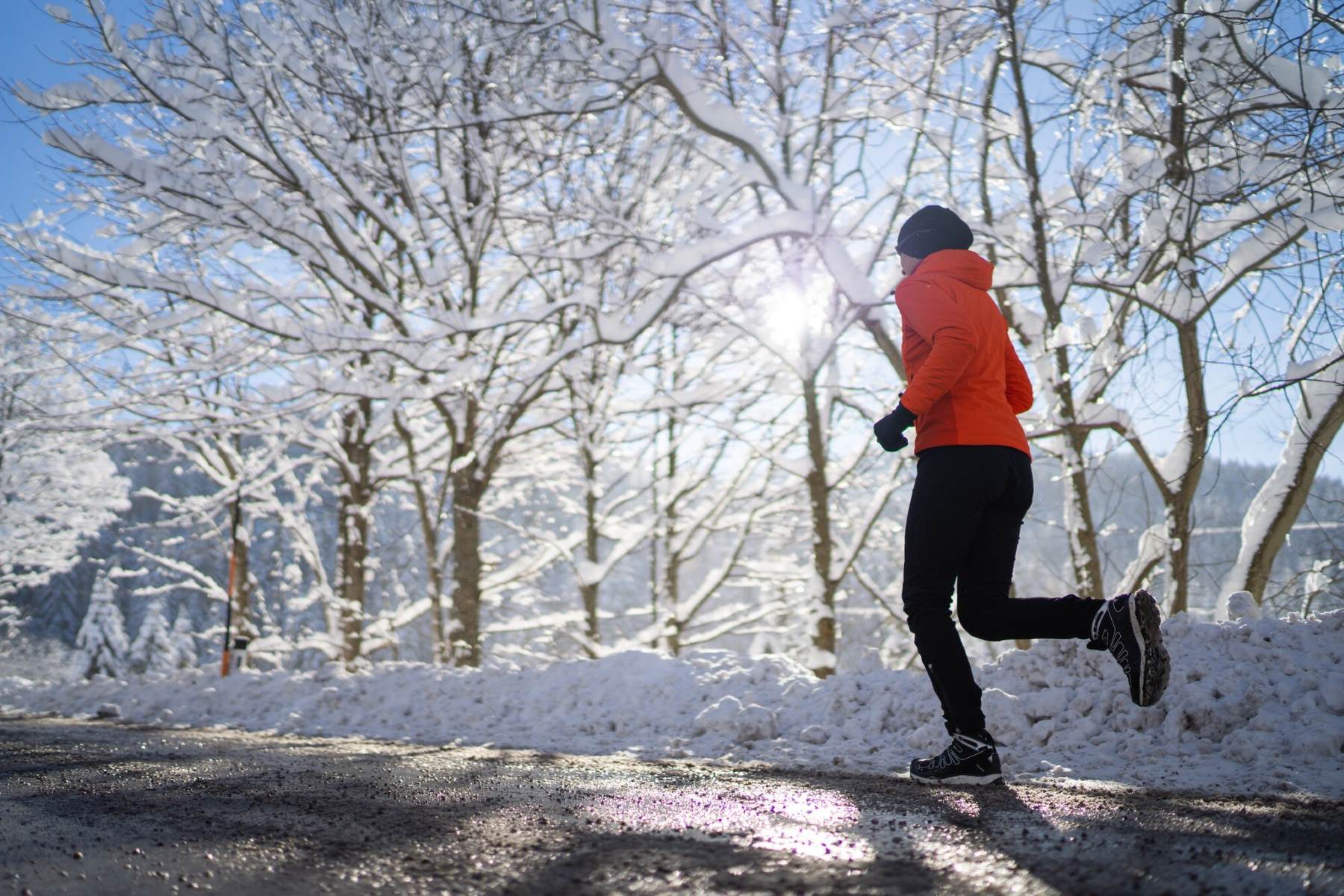

Speed Work
Does The Cold Affect Your Running Speed?
Published: February 25, 2024
Discover how speed work can help you maintain your running speed in cold weather. Learn effective strategies to improve your performance and stay on track with your training goals.
(Many of the links in this article redirect to a specific reviewed product. Your purchase of these products through affiliate links helps to generate commission for Therunningadvisor.com, at no extra cost. Learn more)
Table of Contents
The Impact of Cold Weather on Running Performance
Cold weather can significantly impact running performance, affecting various aspects of the body and altering the overall running experience. Understanding these effects is crucial for runners who face challenging weather conditions. Here's a closer look at how cold weather influences running performance:
-
Muscle Function: When exposed to cold temperatures, muscles tend to tighten and become less flexible. This can lead to decreased range of motion and increased stiffness, affecting the overall efficiency of running strides. As a result, runners may experience reduced speed and agility, making it more challenging to maintain their usual pace.
-
Breathing: Cold air can be harsh on the respiratory system, causing the airways to constrict and making it more difficult to breathe deeply. This can lead to a feeling of breathlessness and discomfort, impacting a runner's ability to sustain their speed and endurance. Additionally, the body may need to work harder to warm and humidify the air before it reaches the lungs, diverting energy that could otherwise be used for maintaining speed.
-
Grip and Traction: In cold weather, running surfaces may become slippery due to frost, ice, or snow. This affects a runner's ability to maintain traction and stability, potentially leading to a decrease in speed and an increased risk of injury. Runners must adjust their stride and pace to accommodate for the reduced grip, which can impact overall performance.
-
Energy Expenditure: The body expends more energy in cold weather to maintain its core temperature, which can lead to quicker depletion of energy stores. As a result, runners may experience a decrease in endurance and speed over longer distances, as the body works to regulate its temperature while simultaneously sustaining running efforts.
Understanding the impact of cold weather on running performance is essential for developing strategies to mitigate these effects and maintain optimal speed and endurance. By recognizing the challenges posed by cold weather, runners can adapt their training and preparation to minimize the impact on their performance.
Read more: Does Weight Affect VO2-max?
Understanding the Effects of Cold Temperatures on Running Speed
Cold temperatures can exert a profound influence on a runner's speed and overall performance. When facing chilly conditions, several physiological and environmental factors come into play, impacting the body's ability to maintain optimal running speed. Understanding these effects is crucial for runners aiming to adapt and optimize their performance in cold weather.
Muscle Function: The impact of cold temperatures on muscle function is a key consideration for runners. When exposed to cold air, muscles tend to tighten and become less flexible. This can result in decreased range of motion and increased stiffness, affecting the efficiency of running strides. As a consequence, maintaining the usual pace becomes more challenging, and agility may be compromised. The body's natural response to cold is to conserve heat, leading to a reduction in blood flow to the extremities, including the muscles. This decreased blood flow can impair muscle function, affecting speed and overall performance.
Breathing: Cold air can pose challenges to the respiratory system, impacting a runner's ability to maintain speed and endurance. When inhaling cold air, the airways tend to constrict, making it more difficult to breathe deeply. This can lead to a sensation of breathlessness and discomfort, hindering the ability to sustain optimal running speed. Additionally, the body expends energy to warm and humidify the inhaled air before it reaches the lungs, diverting resources that could otherwise be utilized for maintaining speed and endurance.
Grip and Traction: In cold weather, running surfaces may become slippery due to frost, ice, or snow. This affects a runner's ability to maintain traction and stability, potentially leading to a decrease in speed and an increased risk of injury. Adjusting one's stride and pace to accommodate reduced grip can impact overall performance, requiring additional effort to maintain speed and stability.
Energy Expenditure: The body expends more energy in cold weather to maintain its core temperature, potentially leading to quicker depletion of energy stores. As a result, runners may experience a decrease in endurance and speed over longer distances. The body's efforts to regulate its temperature while sustaining running efforts can impact overall speed and performance.
By comprehending the effects of cold temperatures on running speed, runners can develop strategies to mitigate these challenges and maintain optimal performance. Adapting training and preparation to account for the impact of cold weather is essential for sustaining speed and endurance in challenging conditions.
Tips for Maintaining Running Speed in Cold Weather
When facing cold weather conditions, runners can employ various strategies to mitigate the impact of low temperatures on their running speed and overall performance. By implementing these tips, runners can adapt to the challenges posed by cold weather and sustain their optimal speed and endurance.
-
Proper Warm-Up: Prior to starting a run in cold weather, it is essential to engage in a thorough warm-up routine. This can include dynamic stretches, light jogging, and mobility exercises to increase blood flow to the muscles and enhance flexibility. A proper warm-up prepares the body for the demands of running in cold weather, reducing the risk of stiffness and enhancing overall performance.
-
Layering: Dressing in layers is crucial for maintaining body temperature and comfort during cold-weather runs. The layering technique allows runners to regulate their body heat by adding or removing clothing as needed. A moisture-wicking base layer helps manage sweat, while insulating layers provide warmth. Additionally, a windproof and water-resistant outer layer shields against the elements, ensuring comfort and enabling the body to maintain optimal performance.
-
Protect Extremities: In cold weather, it is vital to protect the extremities, including the hands, feet, and head. Wearing insulated gloves, moisture-wicking socks, and a thermal hat helps retain heat and prevent discomfort caused by cold exposure. By safeguarding these vulnerable areas, runners can maintain dexterity, circulation, and overall comfort, supporting sustained running speed.
-
Hydration and Nutrition: Cold weather can lead to decreased awareness of hydration needs, making it essential for runners to maintain adequate fluid intake before, during, and after runs. Additionally, consuming energy-rich foods before a cold-weather run can help sustain energy levels and support optimal performance. Balancing hydration and nutrition is crucial for maintaining running speed and endurance in cold conditions.
-
Adapt Running Routes: When facing icy or slippery conditions, adapting running routes to avoid hazardous surfaces is important for maintaining speed and safety. Choosing well-maintained paths and avoiding areas prone to ice accumulation can help runners maintain traction and stability, supporting consistent running speed and reducing the risk of injury.
-
Mindful Breathing: In cold weather, focusing on controlled and mindful breathing can help mitigate the impact of cold air on the respiratory system. Taking deliberate, deep breaths and exhaling fully can support efficient oxygen intake and minimize discomfort, enabling runners to sustain their speed and endurance despite the challenges posed by cold air.
By incorporating these tips into their cold-weather running routines, runners can effectively maintain their running speed and overall performance, ensuring a positive and rewarding experience even in challenging weather conditions.
How Cold Weather Affects Your Body and Running Mechanics
Cold weather exerts a multifaceted impact on the human body and significantly influences the mechanics of running. Understanding these effects is crucial for runners aiming to adapt and optimize their performance in chilly conditions.
Body Response to Cold
When exposed to cold temperatures, the body initiates physiological responses to maintain its core temperature. Blood vessels constrict in the skin and extremities to conserve heat, leading to reduced blood flow to these areas. This natural response can impair muscle function, affecting flexibility and range of motion. Additionally, the body expends more energy to generate and retain heat, potentially leading to quicker depletion of energy stores during running efforts.
Read more: Mo Farah’s Speed: How Fast Does He Run?
Muscular Function
Cold weather can cause muscles to tighten and become less flexible, impacting the mechanics of running. Reduced flexibility and increased stiffness can hinder the efficiency of running strides, leading to a decrease in speed and agility. The body's natural inclination to conserve heat by reducing blood flow to the muscles can further impair their function, affecting overall running mechanics and performance.
Respiratory Challenges
Inhaling cold air can pose challenges to the respiratory system, impacting a runner's ability to maintain speed and endurance. Cold air tends to constrict the airways, making it more difficult to breathe deeply. This can lead to a sensation of breathlessness and discomfort, hindering the ability to sustain optimal running speed. The body expends additional energy to warm and humidify the inhaled air before it reaches the lungs, diverting resources that could otherwise be utilized for maintaining speed and endurance.
Impact on Running Mechanics
Cold weather affects various aspects of running mechanics, including stride length, cadence, and overall stability. Reduced muscle flexibility and increased stiffness can alter the natural range of motion, potentially leading to a shorter and less efficient stride. Additionally, the need to adapt to slippery or uneven surfaces due to frost, ice, or snow can impact traction and stability, requiring adjustments in running mechanics to maintain speed and reduce the risk of injury.
Adaptation and Optimization
To mitigate the impact of cold weather on the body and running mechanics, runners can implement strategies such as thorough warm-up routines, proper layering to maintain body temperature, and mindful breathing techniques. Additionally, adapting running routes to avoid hazardous surfaces and protecting extremities from cold exposure are essential for sustaining optimal running mechanics and speed in chilly conditions.
By comprehending the effects of cold weather on the body and running mechanics, runners can develop adaptive strategies to optimize their performance and maintain their running speed, ensuring a positive and rewarding experience even in challenging weather conditions.


